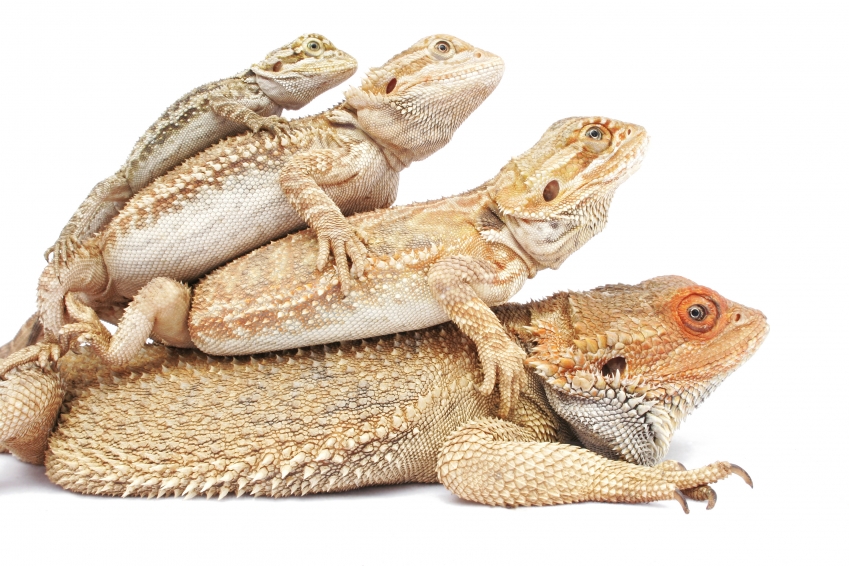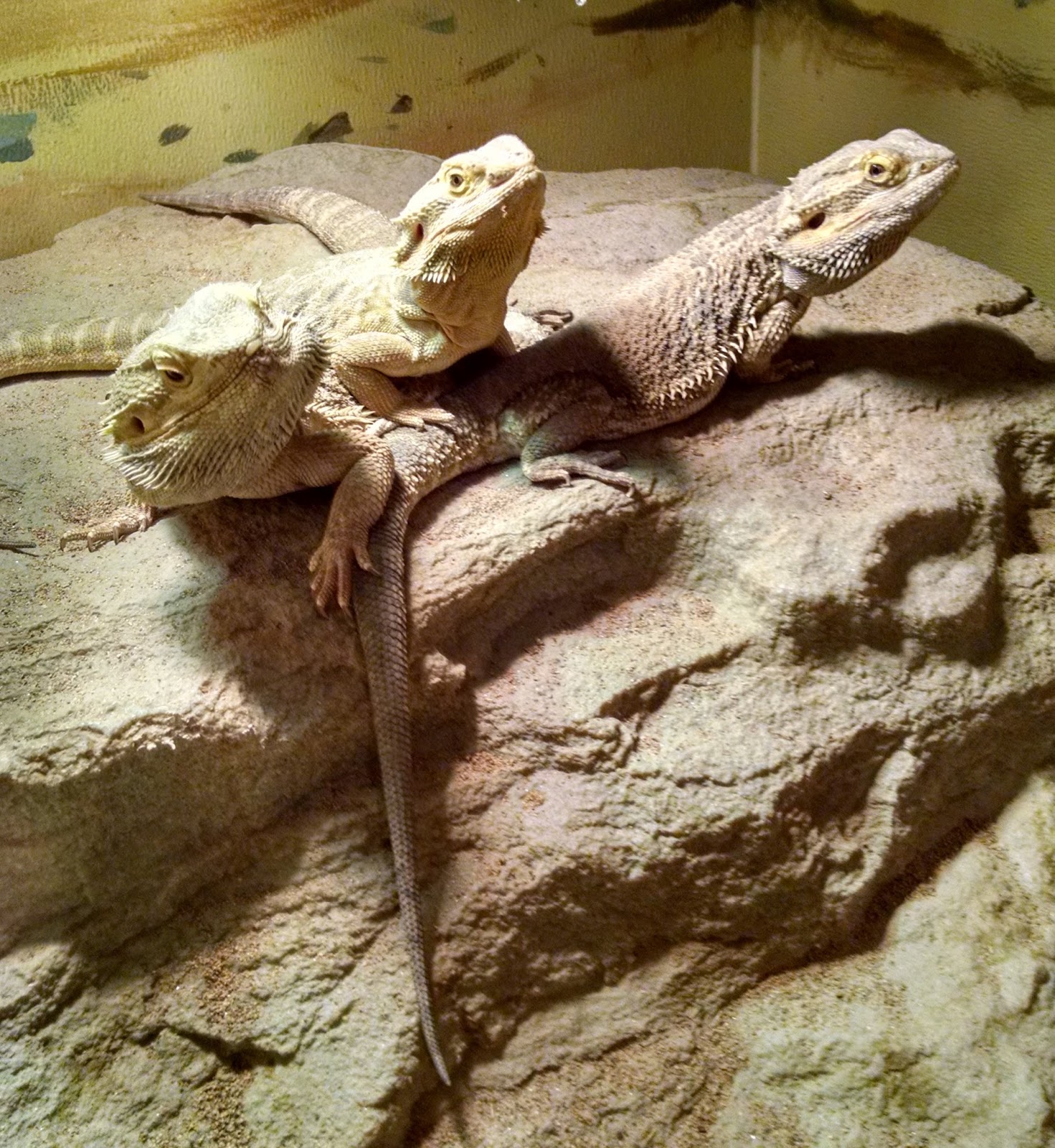All You Need to Know About Bearded Dragon Parts: A Beginner's Guide
All You Need to Know About Bearded Dragon Parts
Bearded dragons are one of the most popular reptiles kept as pets, known for their unique appearance and friendly demeanor. They make great pets for beginners and experienced reptile owners alike, as they are relatively easy to care for, with the proper knowledge and equipment. In this beginner’s guide, we’ll be discussing the different parts of a bearded dragon, what they are, and how to care for them.
Head
The head of a bearded dragon is one of its most distinctive features, with its triangular shape and rows of spikes or “beard”. The spikes are actually made of cartilage and are used for defensive purposes. The head also contains the eyes, ears, and mouth.

Body
The body of a bearded dragon consists of several parts, including the neck, back, and tail. Bearded dragons are relatively large reptiles, with adult males reaching lengths of up to 24 inches and females up to 18 inches. They are also quite heavy, with males weighing up to 1 pound and females up to 0.8 pounds.

Legs and Feet
Bearded dragons have four legs and feet, with sharp claws that they use for climbing and gripping. The legs are also used for running, with bearded dragons capable of reaching speeds of up to 10 miles per hour. The feet have soft pads on the bottom, which provide traction and help with movement.

Skin
The skin of a bearded dragon is covered in scales, which provide protection and regulate temperature. Bearded dragons shed their skin periodically, a process known as ecdysis, and it’s important to ensure that they have adequate moisture to help with the shedding process.

Teeth
Bearded dragons have multiple rows of teeth, which are used for cutting and grinding food. They also use their teeth as a deterrent to potential predators, as they can deliver a painful bite if necessary. It’s important to regularly check your bearded dragon’s teeth and ensure that they are healthy and not overgrown.

Conclusion
Now that you have a better understanding of the different parts of a bearded dragon, you can ensure that your pet is healthy and happy. Remember to provide adequate food, water, and lighting, and to regularly clean their enclosure. With proper care and attention, your bearded dragon will thrive as a beloved pet.
